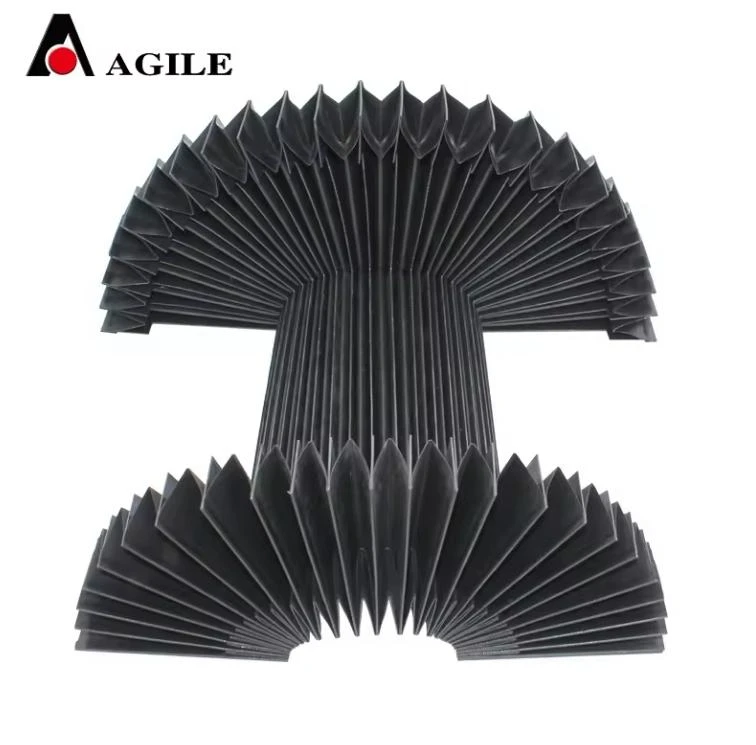cnc drag chain
Understanding CNC Drag Chains Essential Components for Efficient Machinery
In the realm of CNC (Computer Numerical Control) machining, efficiency and precision are paramount. A crucial component that contributes to these characteristics is the CNC drag chain. These protective conduits are designed to manage and organize the multitude of cables and hoses associated with CNC machines, ensuring longevity, safety, and smooth operation.
What is a CNC Drag Chain?
A CNC drag chain, often referred to as a cable carrier or energy chain, is a mechanical device that guides and protects moving cables, hoses, and wires in CNC machinery. The primary function of a drag chain is to prevent tangling and damage to the cables while allowing them to move freely as the machine operates. This is especially important in environments where machines perform complex and repetitive movements, as these can lead to wear and tear on unprotected cables.
Composition and Design
CNC drag chains are typically made from durable materials like nylon, polypropylene, or steel, which provide strength and flexibility. The design of a drag chain can vary significantly, with options available for different applications. For instance, some chains are open on the top to facilitate easy installation and removal of cables, while others may have a closed design to enhance protection against dust and debris.
The size and shape of a drag chain are critical factors in its efficiency. A well-designed drag chain can accommodate varying diameters of cables and hoses, and its segment lengths can be tailored to fit specific machinery requirements. Additionally, many drag chains allow for custom configurations, meaning manufacturers can create systems that suit their unique operational needs.
cnc drag chain

Advantages of Using CNC Drag Chains
1. Enhanced Organization By neatly routing cables, drag chains prevent tangling and confusion, allowing for easier maintenance and identification of cables. 2. Protection from Damage The enclosing structure of drag chains protects cables from abrasion, exposure to corrosive substances, and environmental factors, increasing their lifespan.
3. Improved Movement and Flexibility Drag chains enable smooth movement of cables as machines operate, minimizing resistance and preventing kinks that could lead to failures.
4. Reduced Downtime With better cable management and protection, the likelihood of machine downtime caused by cable failure is significantly reduced, leading to more productive operation.
5. Safety Proper cable management also improves workplace safety by reducing trip hazards and protecting cables from damage that could result in electrical failures.
Conclusion
Incorporating CNC drag chains into machinery design is a strategic decision that enhances both operational efficiency and safety. As CNC technology continues to evolve, the integration of smart design in drag chains will likely increase, potentially incorporating sensors and additional features for real-time monitoring. Businesses that prioritize the use of high-quality drag chains will benefit from increased reliability, reduced maintenance costs, and the peace of mind that comes from a well-organized and protected work environment. In summary, a robust drag chain system is not merely an accessory but an essential component of successful CNC operations.








